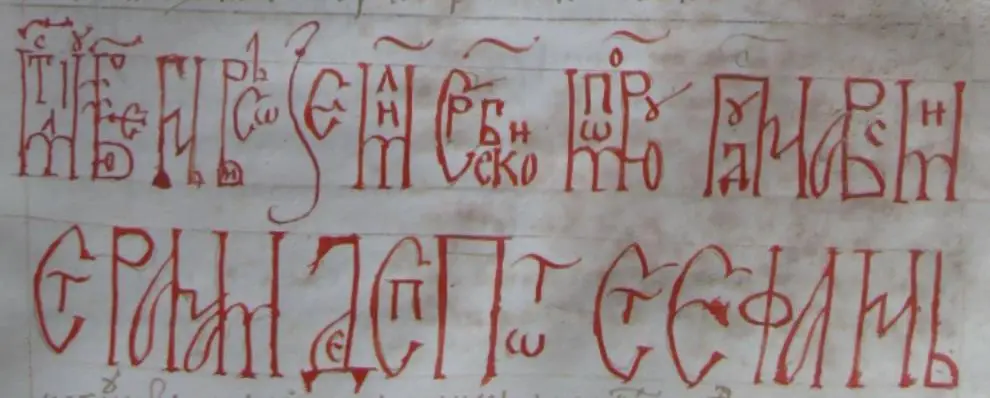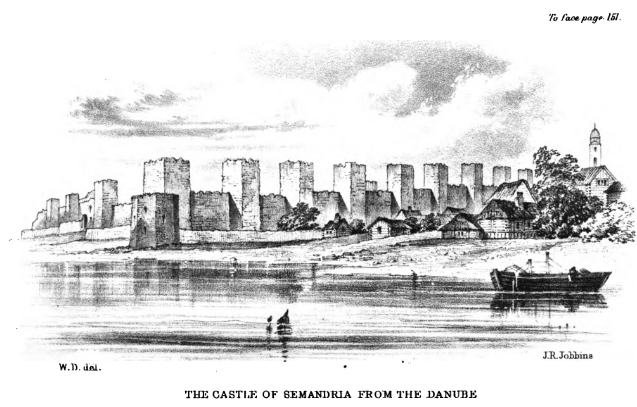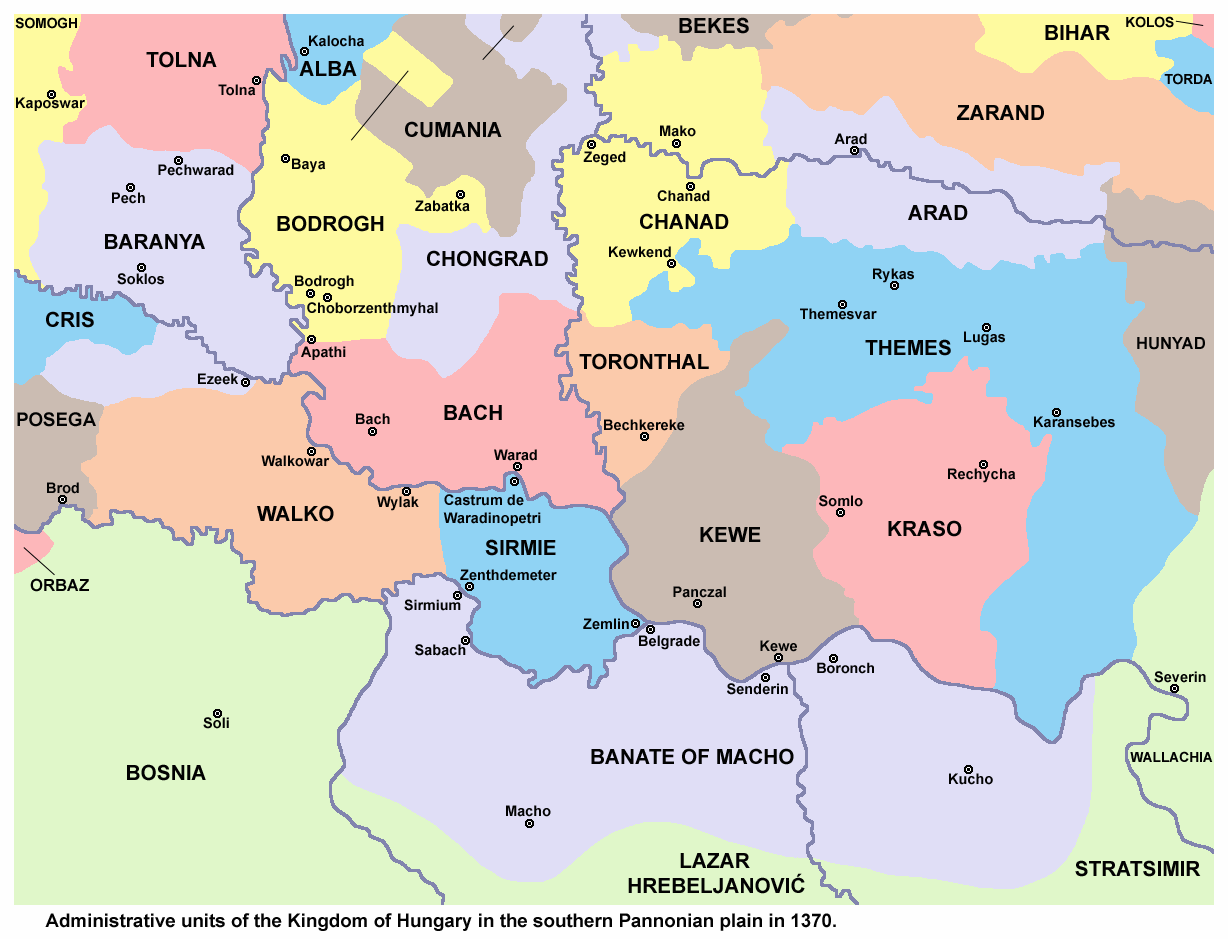Original research paper by Mirčeta Vemić, Institute of Geography “Jovan Cvijić”, Serbian Academy of Arts and Sciences: http://www.doiserbia.nb.rs/img/doi/0352-5732/2014/0352-57321447201V.pdf
UDC 94(100)”1914/1918″
UDC 343.819.5(=163.41)(493.5)”1914/1918″
DOI: 10.2298/ZMSDN1447201V
CONCENTRATION CAMP NEZSIDER
(K. u. K. Interienirungslager in Nezsider)
14.500 internees, 9.700 Serb victims
Concentration Camp Nezsider, officially “Imperial and Royal Internment Camp in Nezsider” (Kaiserliches und Königliches Interienirungslager in Nezsider), was in the northern part of the Austrian region of Burgenland on the bank of lake Nezsider (Neusiedler See in German), on the periphery of the settlement called “New settlement on the lake” (Neusiedl am See), 52 km southeast of Vienna and 15 km from the current Hungarian border. At the time it belonged to Hungary and was called Nezsider. The concentration camp was formed in the old barracks of the hussar regiment, after the regiment left for the front towards the end of 1914 and the last internees [interned civilians, translator’s note] left it on 31. October 1918. According to the memories of Dušan Krivokapić [1976], a surviving internee and his post-war research, in this concentration camp “entered 14 500 Serbian and Montenegrin citizens; in the lager 9700 left their bones; 4800 left the lager with just their bare souls”.
The concentration camp barracks had three separate blocks with a big empty space and next to the military rooms, offices, warehouses, cantina, restaurant, workshops, baths, ambulance and hospital all three had horse stables which housed the internees en masse. Only the intellectuals and priests were housed in the military rooms.* Among the intellectuals in this concentration camp were: Milutin Milanković, the famous scientist (Taken 21.10.1914.), Sima Pandurović, the poet, Jelisaveta Načić, the first female architect in Serbia, Mrs. Binički** with two children, Dr Milorad Nedeljković and many others. As stated by Reiss [1919] “in Nezsider there was 160 Serbian priests”, so the shack where they were housed was called “the priestly shack”. Until spring 1915. the camp was expanded by building a big settlement with shacks, with tiered beds, of which each could take in 300 persons and the whole camp was fenced off with a tall and dense line of barbed wire and lit up at night both on the inside and outside with strong petromax lamps, which were seated on tall poles.
The concentration camp first housed interned old men, women and children from Azbukovica, Mačva, Pocerina and Posavina with a small number of POWs from the first incursion of the Austro-Hungarian troops into Serbia in August 1914. Immediately after them arrived the Serbian internees from Bosnia and Herzegovina, Croatia and Boka Kotorska, who were then Austro-Hungarian citizens. The biggest inflow of internees into concentration camp Nezsider happened after the occupation of Serbia and Montenegro at the start of 1916. and did not stop until 1918. Bigger or smaller groups constantly arrived, directly from the occupied lands, but from other camps as well: Arad, Nagymegyer, Boldogasszony, Aschach an der Donau, Braunau and Heinrichsgrün. In this camp the conditions of existence were somewhat better than for example Arad, Doboj or Nagymegyer. There was a lot more workforce than could be employed. The men worked on arranging and expanding the concentration camp, unloading the wagons, carrying goods, securing firewood etc, while the women helped out in the kitchens, washed the soldier’s underwear, made the mattresses and straw insoles for soldiers at the front and the older children were “orderly boys” to the concentration camp officers. The children were separated from the parents and put into special re-education groups. Many groups of internees were sent in the spring to perform agricultural labour in Hungary’s interior.
However, here as well internees died en masse from hunger, typhoid and other diseases. As a surviving internee Krivokapić [1976] describes, “the death rate started increasing towards the end of 1915.” “The heavy hunger started at the beginning of 1916”. “It happened that eighty would die”. “All our fantasies revolved around bread”. The commander of the concentration camp was Julius Veingraber, “an extremely strict and explosive man” and under pressure from him Dr Grünfeld had to change the diagnosis of the deceased, that is to rewrite the diagnosis “starvation (inanitio)” to “fatigue of the heart (degeneratio cordis)”, even though according to the writing of Miladin Nikolić Rasinski [1919] he resisted the commander. Once he asked him: “Why do you send these people to the hospital? I learned how to treat people’s diseases, not hunger”.
The great mortality rate suddenly expanded the cemetery and Kavalia, which was half an hour’s walk from the concentration camp. According to recorded memories of Krivokapić [1976], who witnessed even the burial of his mother, “twenty corpses were crammed into a single grave. The departed were buried simply like animal corpses: no requiem or mourning, without a drop of covenant drink over the dead, without Christian symbols on the grave”. Only on the mounds were there tags on pine boards with the inscriptions “20 Serbian civilians” (20 serbische Zivile), which were quickly destroyed by the passage of time. The surviving internees gathered money and raised a pyramidal monument at the cemetery in 1924, with a carved-in cross and text. Due to a lack of care by Yugoslav authorities, the authorities of Burgenland approved in 1953. for this cemetery to be ploughed over and the bones to be moved to a joint ossuary at the Nezsider city cemetery topped with a modest monument.
*As Rasinski states “all respected people, of which they were afraid, were brought to this lager. Journalists, writers, poets, teachers, professors, members of parliament, judges, lawyers, former ministers, state councillors, doctors civilian and military, priests, monks, clerks of all stripes: customs officials, auditors, controllers, tax collectors, accountants, pharmacists, police officers, railway workers, economists, municipal presidents and leaders and others – filled the Nezsider lager. All of the Serbian elite was there, among them actors as well. All of them received the letter “W”. [Nikolić Rasinski 1919]
** Tran. note: Stanislav Binički was a Serbian composer, conductor, and pedagogue. He became the first director of the Opera Sector of the National Theatre in Belgrade in 1889 and composed the first Serbian opera, At Dawn (Serbian: Na uranku), in 1903. He is considered one of the leading Serbian composers of the Generation of the 1870s.
Translated by Books of Jeremiah



